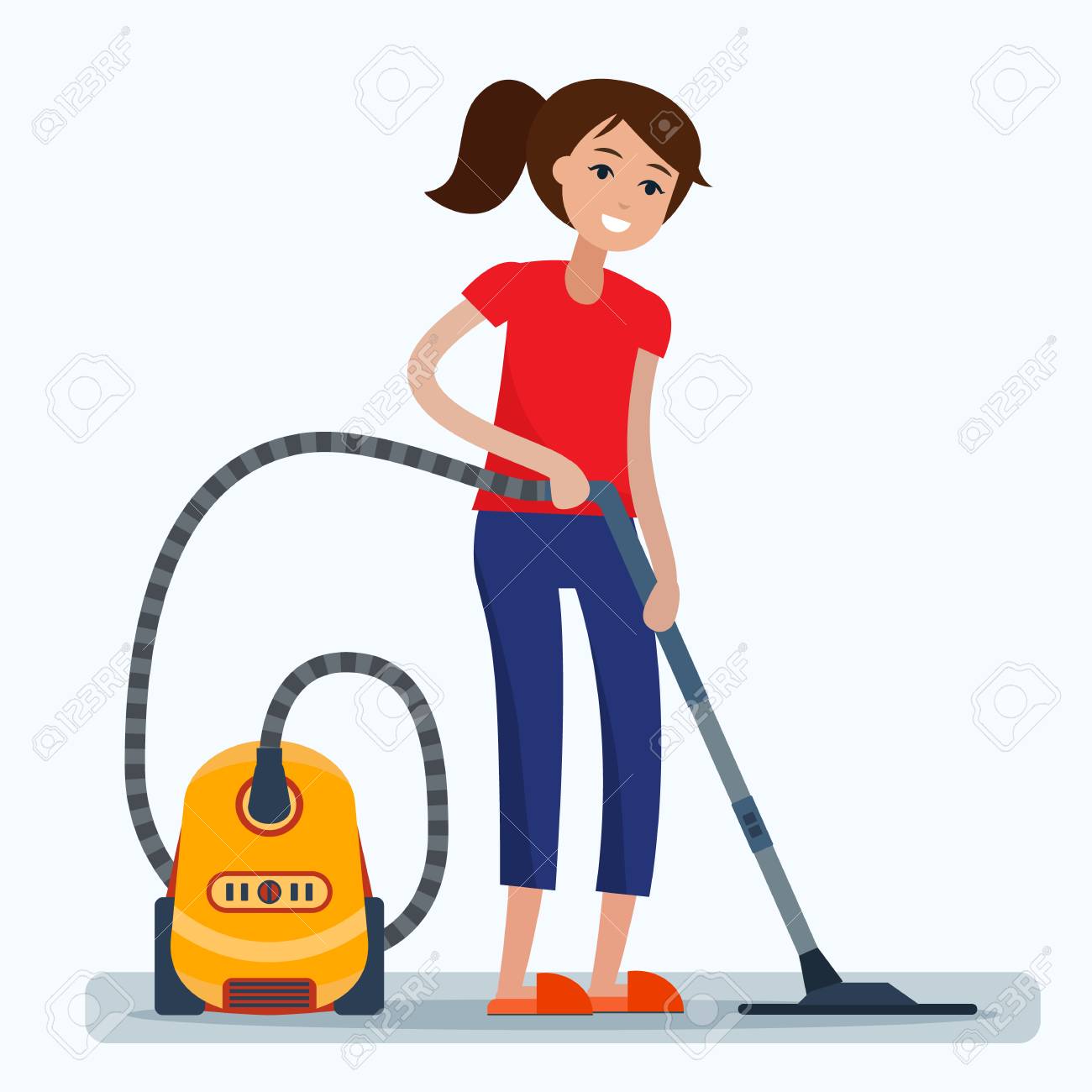You have decided to clean your house after work. You need half an hour to vacuum the whole house. You use a vacuum cleaner with a power of 1600 watts for this purpose.
Besides, the TV has been on for two hours. The TV consumes 70 watts per hour.
How many kWh have you consumed by vacuuming and watching TV?

Karishma & Kamanya
Hydropower is the usage of water to operate machines or generate electricity. Water is in a constant state of movement through a huge global cycle: it is evaporated [1] from lakes and oceans, it forms clouds, it drops as rain or snow, and then it returns to the sea. The energy of this water cycle, which is powered by the sun, can be drawn on to generate electricity or for such mechanical tasks as the milling of grain [2]. Hydropower uses a source of fuel water [3], that is not reduced or used up in the process. Because the water cycle is an infinite, ever-renewing system, hydropower is classified as renewable energy.
If running water is captured and transformed into electricity, it is referred to as hydropower or hydroelectricity. There are various types of hydropower plants, they are all powered by the kinetic energy of flowing water as it moves downstream. Turbines and generators turn the energy into electricity, which is then fed into the power grid [4] for use in households, companies and industries.
Types of hydropower and dams
There are different kinds of hydroelectric power plants [5], all of these are powered by More...
1 ) How much organic waste is produced in India?
Urban India generates 62 million tonnes of waste annually. 43 million tonnes of municipal solid waste are collected annually, out of which 31 million is dumped in landfill sites and just 11.9 million is treated. About 31 million tonnes (50%) is dumped in landfill sites.More...
Nuclear energy is primarily called the technology for secondary energy by nuclear fission. This technology has been used on a large scale to produce electricity since the 1950s.
As of January 2020, 447 reactor units with a total capacity of 397 GW were in operation in 31 countries. A further 53 reactor units with a total capacity of 54.7 GW are under construction. In addition, more than 100 nuclear power plants are planned for the coming decade.
Nuclear energy is obtained from nuclear, known as "radioactive" fuel. In this process, natural uranium is enriched and then used in a nuclear fission reaction to generate heat. Nuclear energy has the great advantage of being relatively cheap and environmentally friendly. At present, uranium is also still available in relatively large quantities.
However, the cost of mining uranium is very high. In addition, large amounts of CO2 are produced in the process, which has a very unfavorable effect on the climate. However, opponents see the greatest danger in the event of a nuclear meltdown.
Source:
https://de.wikipedia.org/wiki/Kernkraftwerk
https://www.verivox.de/strom/themen/atomkraftwerk/
Which raw material is needed?
A) carbon
B) uranium
C) palladium
D) copper
What am I interested in?
I am interested in renewable energy resources. For example; water, the sun, wind and probably so many more. I would like to research this topic further in a project. Especially what kinds of renewable resources Switzerland is currently using and how it is planning to update it in the future.

Recently the buzz about disposable products has been high and with our current situation where resources are on a all time low, its time that we start discussing the impact of our actions.
Disposable products are usually used once or twice and are thrown away (often they are not recycled). In the case of plastic, we are aware that it is non-biodegradable in nature and yet we continue to use them. Plastic bags choke the wildlife and refuse to break down in oceans or landfills. They aren’t easy to recycle and make environment pretty messed up.
Every year, almost 1 trillion tons of plastic is used all around the world in forms of disposable products. After the issues surrounding this had come to light, many countries had taken action by either limiting its use or completing banning it.
Through this project I would like research on:
- alternate options
- advantages and disadvantages of both limiting it or banning it
- which one will work in the long run
There are so many different problems, if we think about the environment and there are big inventions, when it comes to technology.
- But how can we help?
- how can we reduce our water?
- what can we do to renew energy, save and use it again?
- are we locally using renewable energy? Or don’t? How can we change it?
- can we plants trees?
- saving water is such a good thing we don’t even realize how much water we use and waste.
all about how to live more ecofriendly and do Little things in our everyday life to improve our enviroment.
Dynamos on roller coasters - could they produce enough energy to power themselves? Making energy while having fun?
Could roller coasters equipped with dynamos on their wheel produce enough energy to sustain their power and could it even get a overflow of energy?
[in Progress]
